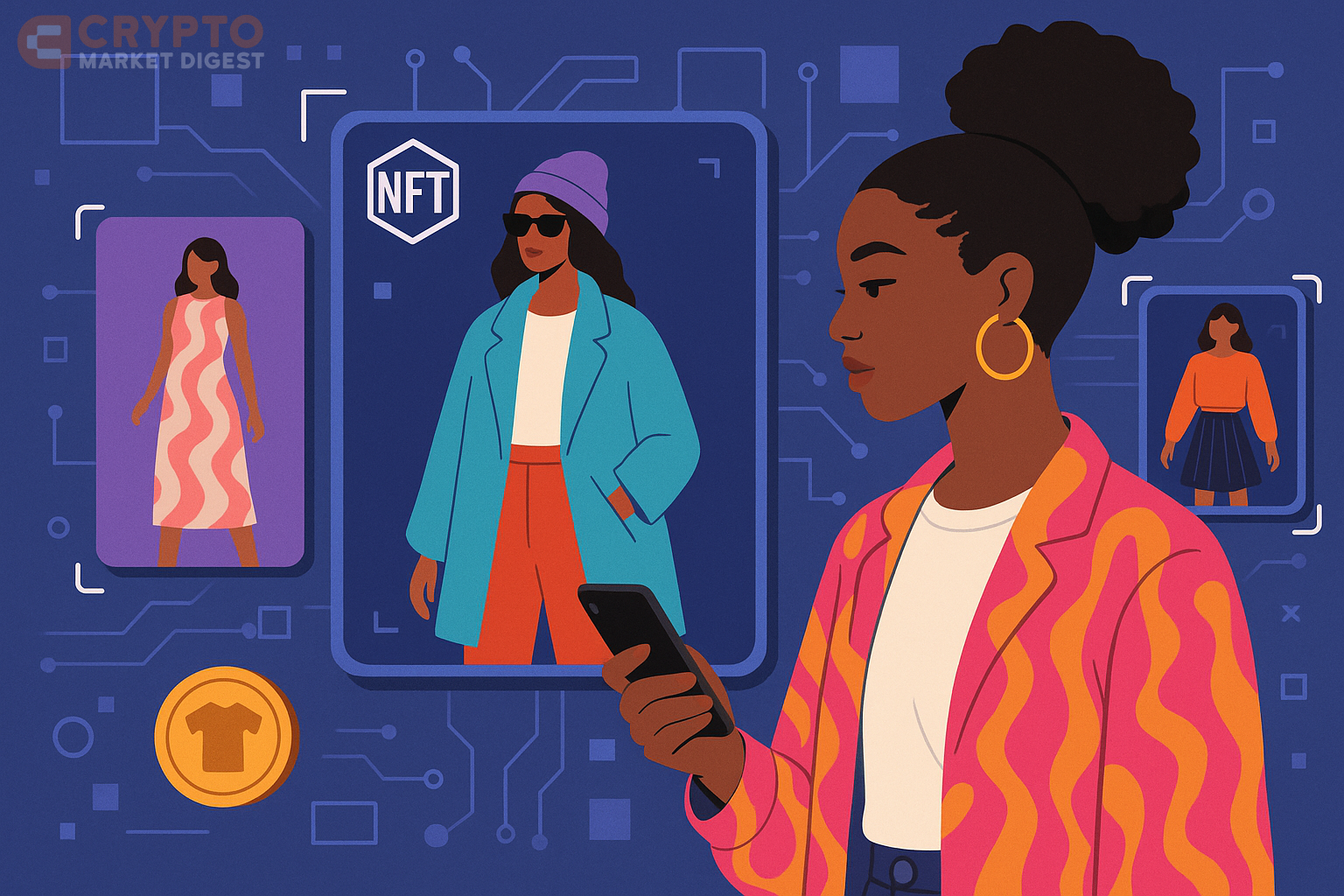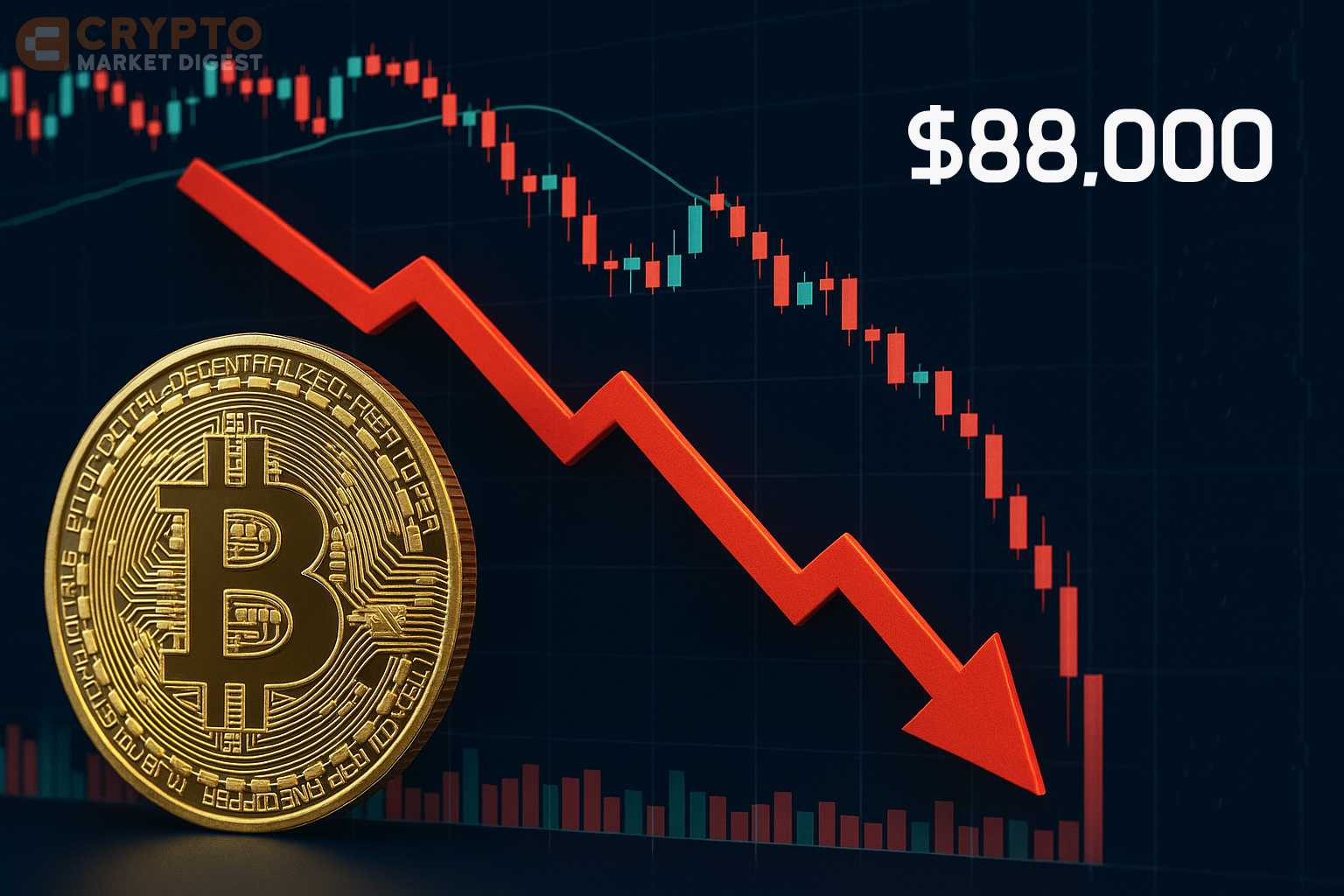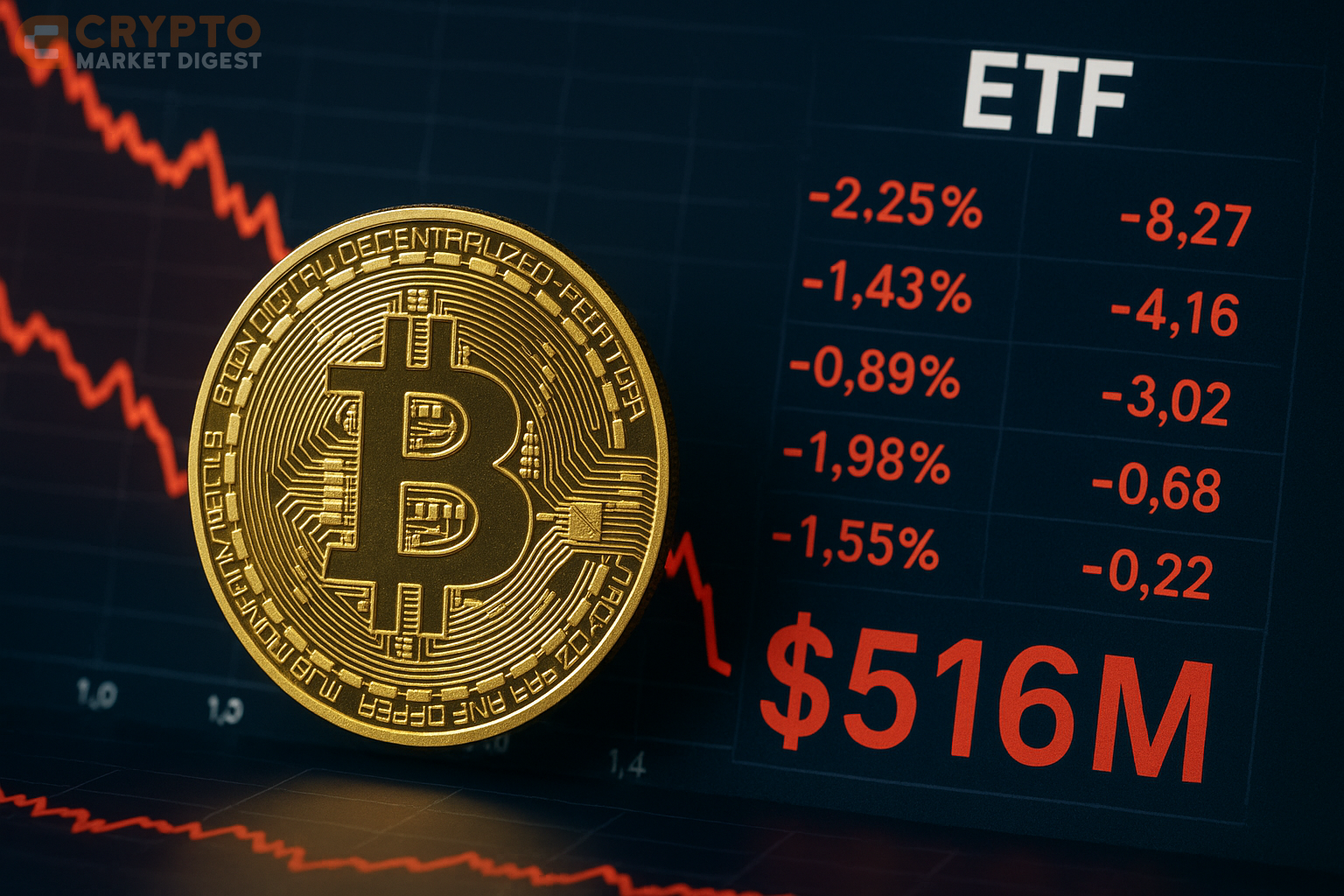NFTs in Fashion: Redefining Style in 2024
In early 2024, the fashion world is buzzing with a new kind of runway—one that exists not in Paris or New York but in the digital realm. Non-fungible tokens (NFTs) are transforming how brands, designers, and consumers interact with fashion, blending creativity with blockchain technology to create exclusive, collectible, and virtual experiences. From Dior’s NFT-linked sneakers to Louis Vuitton’s digital varsity jackets, NFTs are redefining what it means to be stylish in the metaverse. This crypto-driven trend, gaining momentum in February 2024, is not just a fad but a glimpse into the future of fashion.
The Rise of NFTs in Fashion
NFTs, unique digital assets stored on a blockchain, exploded into mainstream consciousness in 2021 with multimillion-dollar art sales and celebrity endorsements. By 2024, their role has evolved far beyond digital art. According to a report from The Metaverse Society, 21 of the top 50 global fashion brands had launched NFTs by 2024, with sportswear giants like Nike and Adidas leading the charge. These NFTs offer more than just digital collectibles; they provide exclusive experiences, virtual wearables, and proof of authenticity that resonate with tech-savvy consumers.
In February 2024, the fashion industry’s embrace of NFTs was impossible to ignore. Unlike traditional fashion, which relies on physical garments and seasonal collections, NFT fashion thrives in virtual spaces like Decentraland, The Sandbox, and social media platforms. Consumers can purchase digital clothing to dress their avatars, showcasing their style in online worlds. This shift is not only changing how we shop but also how brands market their products to a global, digital-first audience.
Major Brands Leading the Way
Several luxury and streetwear brands made headlines in early 2024 for their innovative use of NFTs. Dior, for instance, launched its B33 Sneaker and Dior Tears NFTs, which paired physical sneakers with digital counterparts. These NFTs act as a certificate of authenticity, ensuring the item’s exclusivity while offering buyers a unique digital asset to flaunt in virtual spaces. Similarly, Louis Vuitton introduced an NFT-linked Varsity Jacket, blending physical craftsmanship with a digital collectible that enhances brand loyalty.
Maison Margiela also joined the trend with its MetaTABI Digital Boots, a virtual footwear line designed for metaverse platforms. Meanwhile, Mugler rolled out Digital Product Passports (DPPs), NFTs that verify the authenticity of physical items while offering buyers access to exclusive online content. These examples highlight how NFTs are not just gimmicks but tools for enhancing customer engagement and brand value.
A spokesperson for The Metaverse Society noted, “62 percent of consumers seek interactive activities in online communities,” emphasizing the demand for immersive digital experiences. NFTs deliver exactly that, offering “member-exclusive content” and “rewards” that make buyers feel like part of an elite club.
The Metaverse: A New Runway
The metaverse, a network of virtual worlds, is the perfect stage for NFT fashion. In February 2024, platforms like Decentraland hosted virtual fashion weeks, where designers showcased digital collections to global audiences. These events, unlike traditional fashion shows, are accessible to anyone with an internet connection, democratizing an industry often criticized for its exclusivity. Brands can sell NFT outfits directly to consumers, who then use them to style their avatars in games, social platforms, or even Zoom calls.
One notable event was the growing popularity of virtual wearables, as reported by Crypto Navigator on Medium. “Fashion lovers can buy digital clothing to dress up their avatars, flaunting their style in virtual worlds, social media profiles, and digital spaces,” the article stated. This trend is particularly appealing to Gen Z and Millennials, who value self-expression and digital identity.
For brands, the metaverse offers a low-risk way to experiment with bold designs. Digital clothing doesn’t require physical materials or supply chains, allowing designers to push creative boundaries without the constraints of traditional manufacturing. Plus, NFTs ensure that each piece remains unique, with blockchain technology verifying ownership and preventing counterfeits.
Challenges and Criticisms
Despite the excitement, NFTs in fashion face hurdles. The NFT market has been volatile, with a significant crash in 2022 filtering out weaker projects. As TAEX told The Art Newspaper, “A lot of projects got filtered out and did not survive the market crash, which gave way to a now more stable digital art market which includes NFTs as a tool to showcase, collect and engage with artistic narratives.” This stability has helped fashion NFTs gain credibility, but skepticism remains.
Environmental concerns are another challenge. Blockchain networks like Ethereum, which host most NFTs, have historically consumed significant energy. However, Ethereum’s shift to a proof-of-stake model in 2022 reduced its carbon footprint, easing some concerns. Still, brands must address these issues transparently to win over eco-conscious consumers.
Then there’s the question of accessibility. While virtual fashion weeks are more inclusive than physical runways, NFTs can be expensive, and navigating blockchain wallets requires technical know-how. Brands are working to simplify the process, with platforms like OpenSea making it easier to buy and trade NFTs. However, as OpenSea’s CEO Devin Finzer noted in August 2024, regulatory scrutiny—such as the SEC’s threat to classify NFTs as securities—could complicate the market.
The Cultural Impact
NFT fashion is more than a technological trend; it’s a cultural shift. In February 2024, the lines between physical and digital style were blurring, with consumers valuing virtual outfits as much as tangible ones. This mirrors a broader societal move toward digital identity, where how you present yourself online is as important as your real-world appearance.
Celebrities have amplified this trend. High-profile figures like Snoop Dogg and Paris Hilton have endorsed NFTs, bringing them into the mainstream. Their influence has helped fashion NFTs gain traction, with fans eager to emulate their idols’ digital style. For example, when a brand like Nike releases an NFT sneaker, it’s not just a product—it’s a status symbol that resonates across virtual and physical worlds.
The cultural significance of NFT fashion also lies in its empowerment of creators. Digital artists and independent designers can now monetize their work directly through NFT marketplaces, bypassing traditional gatekeepers. As Spaceseven wrote on Medium, “Digital artists continue to dominate the NFT space, finding new ways to showcase and monetize their work.” This democratization is reshaping the fashion industry, giving rise to new voices and aesthetics.
The Future of NFT Fashion
Looking ahead, experts predict that NFTs will become a staple of the fashion industry. The global digital fashion market, valued at $101 billion in 2024, is expected to reach $297 billion by 2032, growing at a compound annual growth rate of 96%. This explosive growth suggests that NFTs are here to stay, with brands investing heavily in virtual showrooms, digital runways, and blockchain-based authentication.
In February 2024, the conversation around NFT fashion was vibrant on platforms like X, where users discussed the potential for virtual wearables to redefine personal style. While specific events like fashion shows tied to NFTs were less documented, the broader trend was clear: digital fashion is reshaping how we think about clothing, ownership, and creativity.
For consumers, the appeal of NFT fashion lies in its exclusivity and versatility. As Crypto Navigator put it, “Each NFT is unique, bringing a level of scarcity and exclusivity that’s hard to achieve with traditional retail. Think of it as a digital VIP pass to your favorite fashion house!” Whether it’s a Dior sneaker or a Mugler passport, these digital assets offer a new way to connect with brands and express individuality.
Conclusion
As February 2024 unfolded, NFTs were carving out a bold new path for the fashion industry. From luxury houses like Dior and Louis Vuitton to virtual runways in the metaverse, the fusion of blockchain and style is creating opportunities that were unimaginable a decade ago. While challenges like market volatility and environmental concerns persist, the cultural and commercial potential of NFT fashion is undeniable. As more brands and consumers embrace this digital revolution, one thing is clear: the runway of the future is virtual, and it’s open to everyone.
Disclaimer:
The information provided on this blog is for informational and entertainment purposes only and does not constitute financial, investment, legal, or other professional advice. Cryptocurrency investments are highly volatile and carry significant risk. Always conduct your own research and consult with a qualified financial advisor before making any investment decisions. We do not endorse or guarantee the accuracy or completeness of any third-party content linked or referenced on this site. By using this blog, you agree that the authors and publishers are not responsible for any losses or damages resulting from your reliance on the information provided.
news via inbox
Nulla turp dis cursus. Integer liberos euismod pretium faucibua




